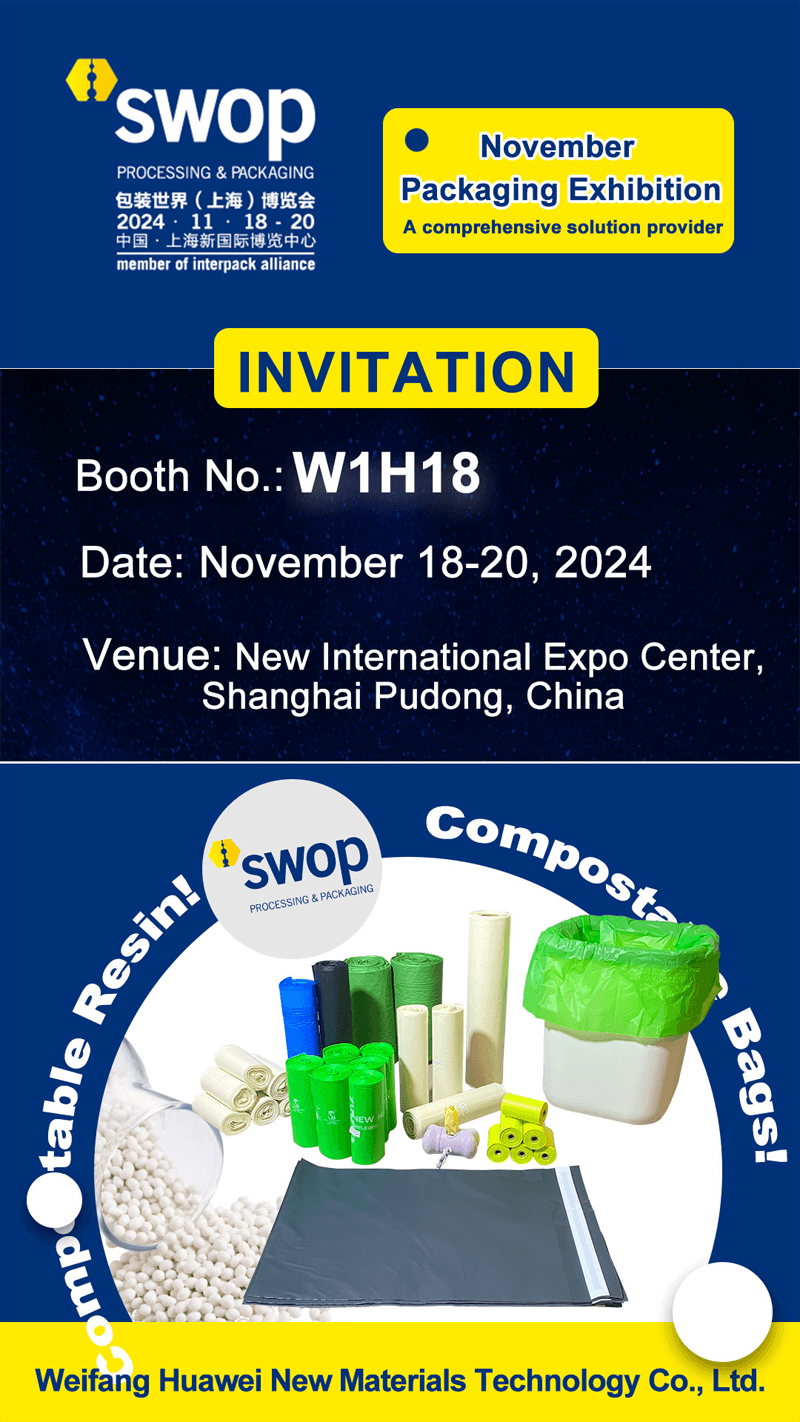May. 11, 2024
In daily life, people generate a lot of garbage, and carrying garbage bags to dispose of garbage is also a part of life. However, there are also some rules to consider when throwing garbage, and it is not just about throwing it into the trash can.
The time required for different types of garbage to degrade in nature varies. Even for the same type of garbage, the time required for degradation is influenced by environmental temperature, humidity, acidity, and quantity. The specific degradation time of garbage is as follows:
1. Paper: 3-4 months
2. Biodegradable plastic: 180 days.
3. Cigarette butts: 1-5 years
4. Orange peel: 2 years
5. Iron cans: 10 years
6. Nylon fabric: 30-40 years
7. Leather: 50 years
8. Can: 80-100 years old
9. Plastic: 100-200 years
The degradation process mainly involves biodegradation, photodegradation, and chemical degradation, and these three main degradation processes have synergistic, synergistic, and coherent effects with each other. Photodegradation and oxide degradation often occur simultaneously and promote each other; Biodegradation is more likely to occur after the photodegradation process.
Biodegradation can be divided into two categories: anaerobic degradation in the absence of air (bioreduction treatment) and oxidative degradation in the presence of air (bio oxidation treatment).
Many plastic bottles are made of polyethylene terephthalate (PET) and have an extremely long degradation time. Microorganisms in nature do not treat plastic bags as food, so they do not decompose them. Glass is mainly made of silicon, which is one of the most stable and durable minerals on Earth and cannot be degraded by microorganisms.
What is "broken bag" handling? The so-called "broken bag" refers to breaking the garbage bag containing wet garbage, throwing the wet garbage into the wet garbage bin, and the broken garbage bag into the dry garbage bin. So why do we need to break the bags of wet garbage? We can conduct a simple comparative experiment to verify the necessity of breaking wet garbage bags.

Firstly, prepare the materials required for the experiment: 1. Biodegradable plastic bags with degradable labels, 2. Ordinary plastic bags, 3. Vegetable leaves simulating wet garbage, 4. Bacteria and water required for fermentation. In the first set of experiments, pour the prepared bacteria and water into the biodegradation machine, wait for 48 hours for them to fully ferment, and add prepared wet garbage, biodegradable plastic bags, and non degradable plastic bags. After 48 hours, the wet garbage had basically degraded, but no significant degradation occurred in both biodegradable plastic bags and ordinary plastic bags. The experimental results show that even if biodegradable bioplastic bags are used, they still need to be broken and classified as dry waste, not mixed with wet waste for disposal. This is because the degradation time of biodegradable plastic bags is much longer than that of wet waste. If both are treated together, biodegradable plastic bags will also cause serious damage to wet waste treatment equipment, just like ordinary plastic bags.
So, what is the difference in degradation time between biodegradable plastic bags and regular plastic bags? In the second experimental process, in order to reduce the impact of plastic bag volume and size on the plastic material degradation experiment, two types of plastic bags were cut and processed before being added to the biodegradation machine again. After a long period of recording, it has been shown that the biodegradable plastic bags treated with broken bags have been effectively degraded, but ordinary plastic bags have not produced natural degradation even after a long period of 180 days. The experimental results show that using biodegradable plastic bags instead of ordinary plastic bags can indeed greatly reduce white pollution. This is because compared to ordinary plastic bags, biodegradable plastic bags mainly differ in that the former does not contain the PE component in ordinary garbage bags, But mainly derived from lignin and biodegradable plastics extracted from straw.

For the sake of green mountains and clear waters and a better tomorrow, we should do a good job in garbage classification, plastic reduction, and plastic prohibition. We should use biodegradable plastic bags to clear garbage and make a contribution to the environmental protection cause.
Related Products
Latest News
The “Degradable Plastic Bags” You Throw Away Are Secretly Polluting Our Homes
Degradable Bags Become Organic Fertilizer After Use Safety and Environmental Protection
The Situation Of Plastic Waste In 2025
The total consumption and per capita consumption of plastic
Celebrating the Chinese New Year-Rejecting Excessive Packaging And Plastic Waste
What Is The Difference Between Biodegradable Bags And Fully Biodegradable Plastic Bags?
The origin of plastic can be traced back to the mid-19th century.
How Biodegradable Plastic Bags Decompose Without Releasing Toxins
How Bio Plastic Bags Support Sustainable Product Manufacturing
Do Bio Plastic Bags Release Harmful Substances During Decomposition?
Does Biodegradable Plastic Bags Have an Impact on Environmental Protection
The Difference Between Fully Degradable Plastic Bags And Pseudo Degradable Plastic bags
The Difference Between Fully Degradable Plastic Bags And Pseudo Degradable Plastic bags
The Difference Between Biodegradable Mailer Bags And Traditional Mailer Bags
Degradable Plastic Bags - What Is The Difference Between Degradable, Biodegradable And Compostable?
Current Status and Future Development Trends of Biodegradable Plastic Bag Market in 2024
Traditional Plastic Bags Have Gradually Been Replaced By Biodegradable Plastic Bags
In 2024, Protect Our Planet And Make The New Year More Meaningful
How to Create the Perfect Packaging Field?
From November 22 to November 24, 2023, we participated in Shanghai World Of Packing.
